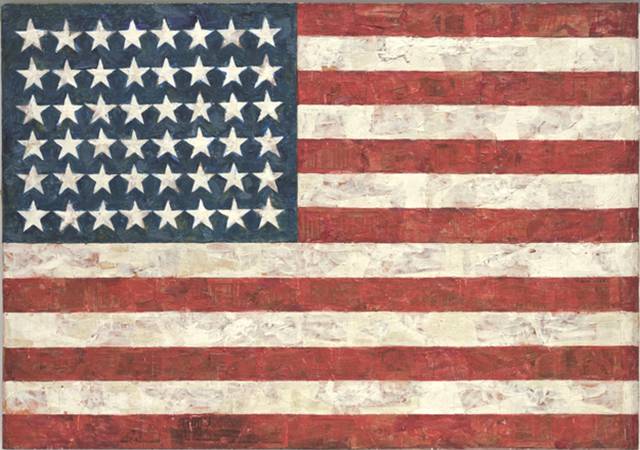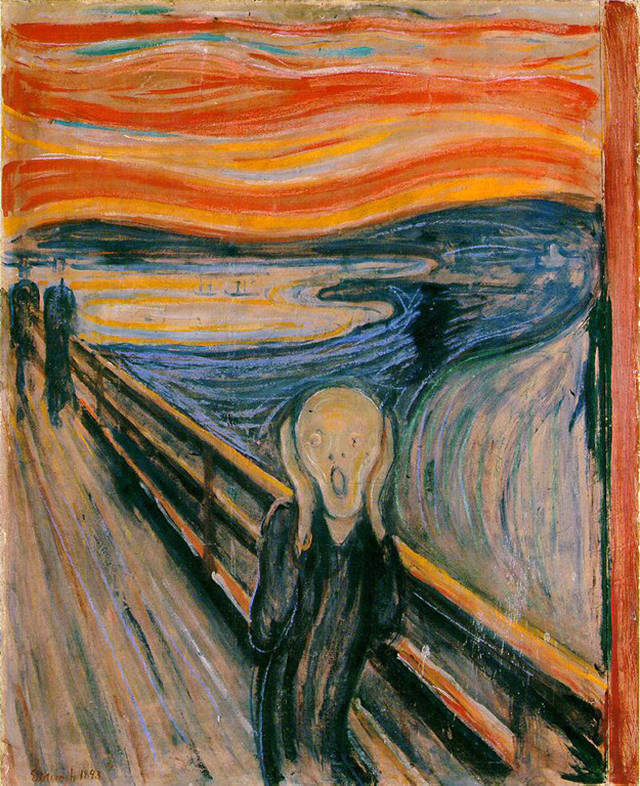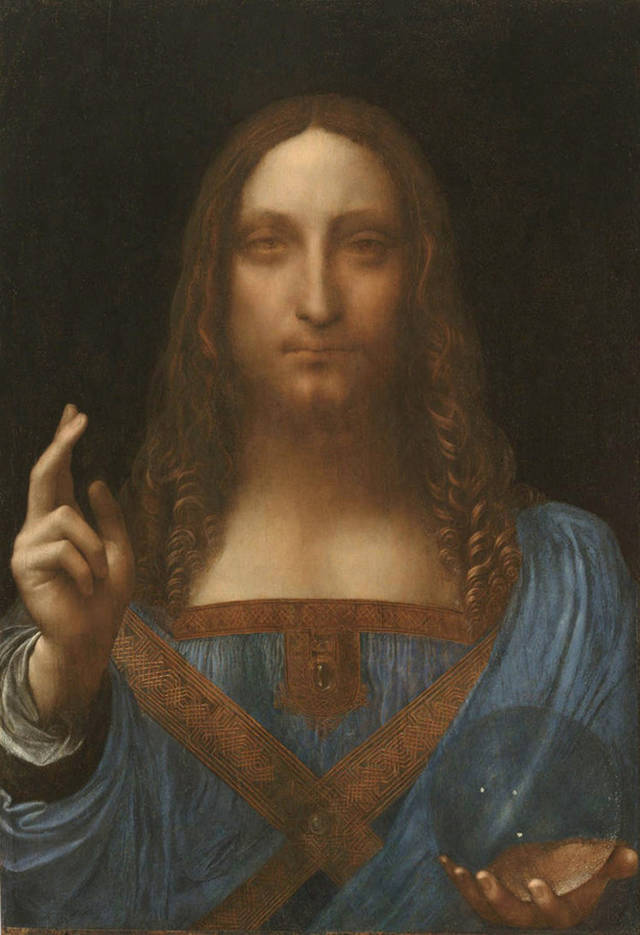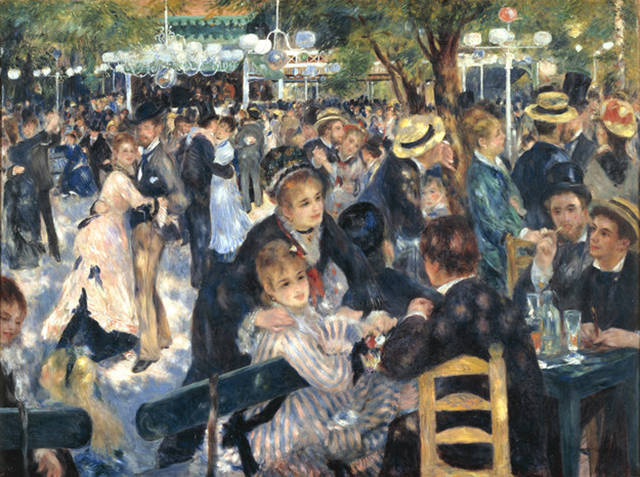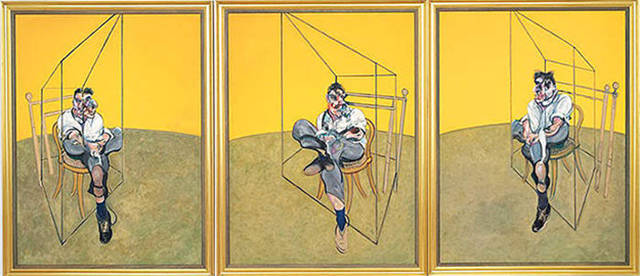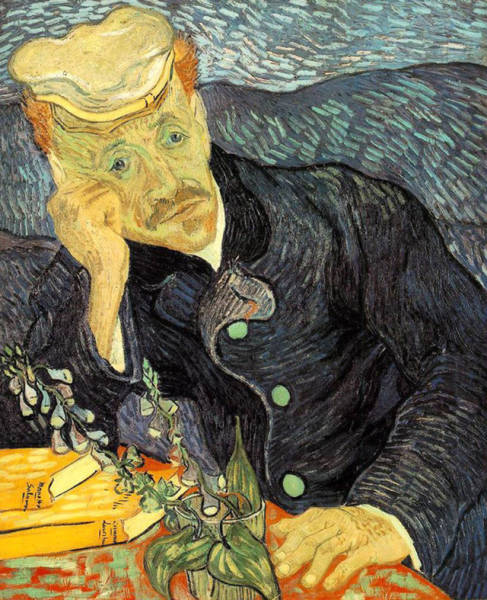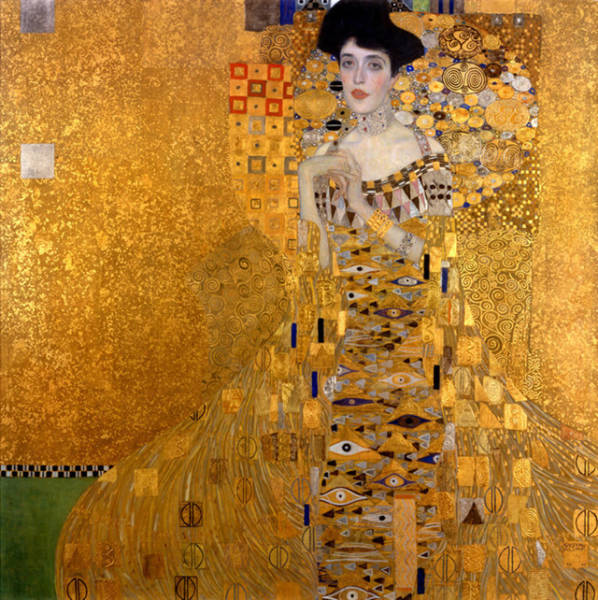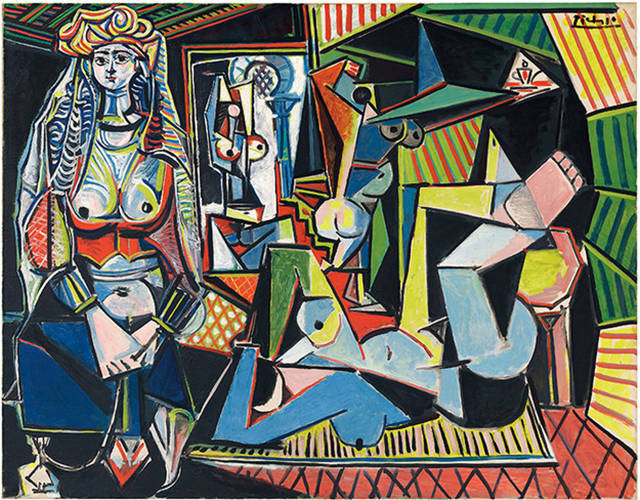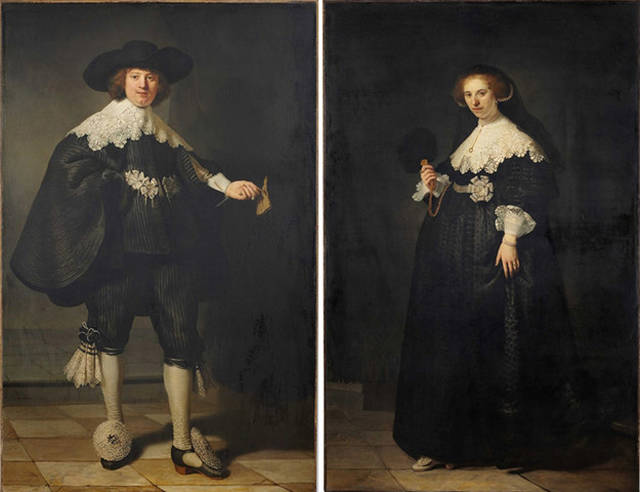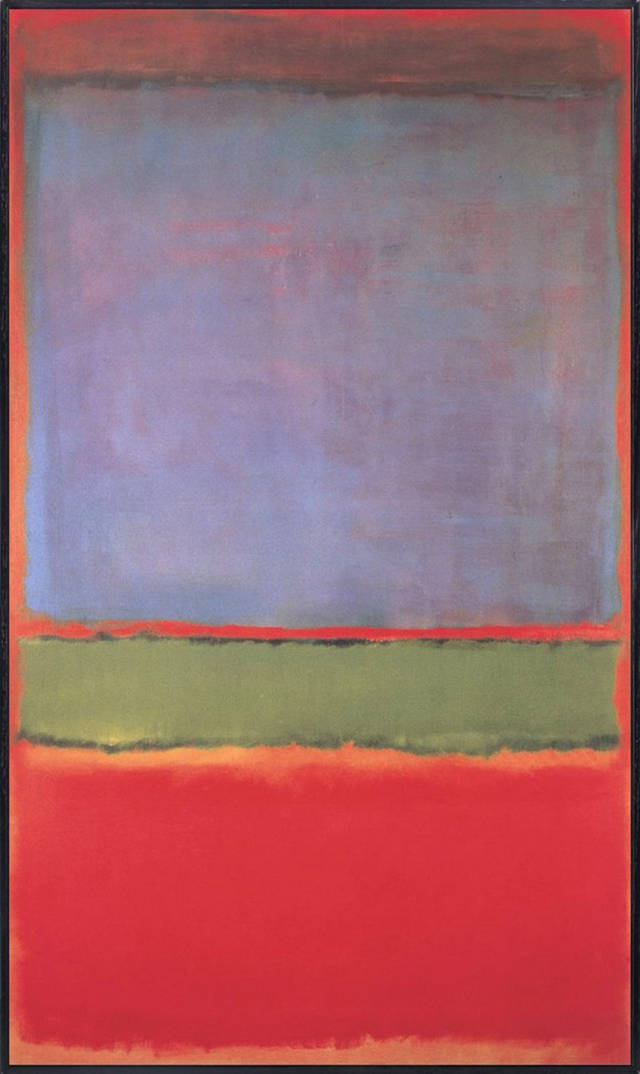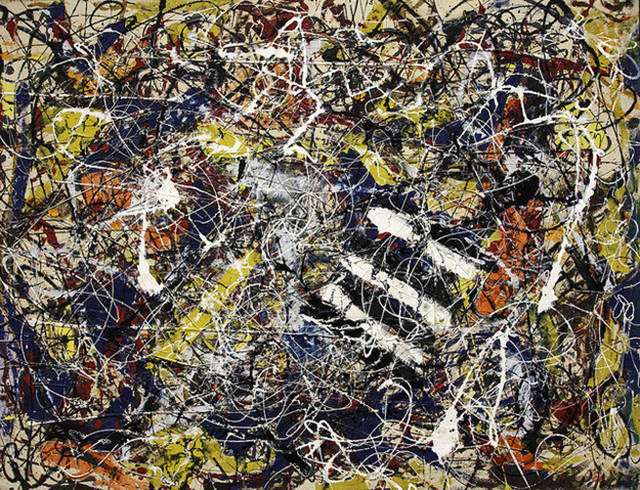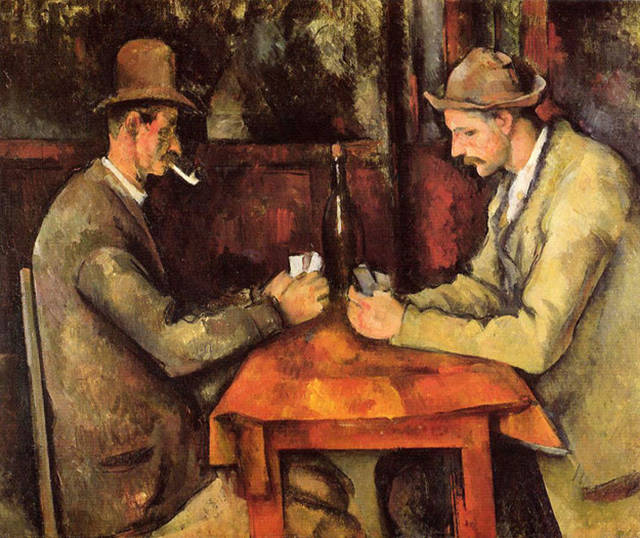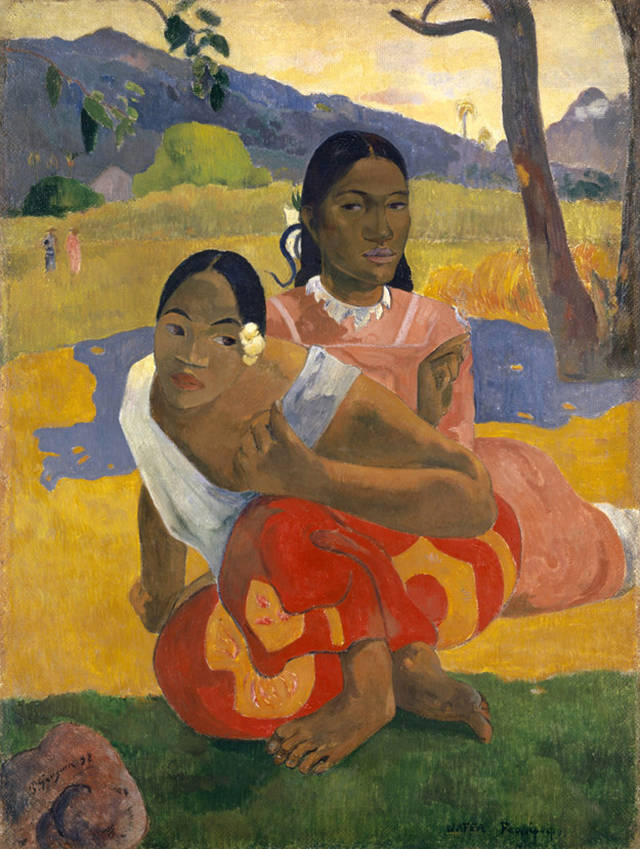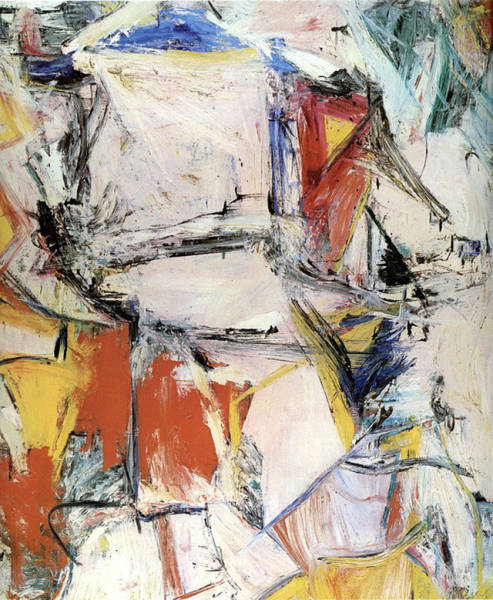$119,400,000 for Jasper Johns’ Flag, 1954.
Two years after serving during the Korean War, Jasper Johns dreamt that he painted a picture of an American flag. The next morning he awoke to begin work on what would become one of his most seminal works — also, his most expensive painting to date.
$119,900,000 for Edvard Munch’s The Scream, 1893
Edvard Munch’s The Scream is easily one of the most recognizable paintings in modern art. It’s no surprise that this expensive painting has been the target of multiple art heists over the years.
$127,500,000 for Leonardo da Vinci’s Salvator Mundi, 1506-1513.
For hundreds of years, nobody was quite sure who had made this painting. It wasn’t until 2005, when a group of art conservationists specializing in old masters could confirm that this painting was a work by the master himself, Leonardo da Vinci.
$141,500,000 for Pierre-Auguste Renoir’s Bal du moulin de la Galette, 1876.
This painting by Pierre-Auguste Renoir first made its debut in 1877 at the Impressionist exhibition in Paris. Today, it stands as a perfect example of the dreamy snapshot aesthetic of the Impressionist style.
$144,700,000 for Francis Bacon’s Three Studies of Lucian Freud, 1969.
The relationship between artists Francis Bacon and Lucian Freud’s was one of friendly rivalry. Both artists worked tirelessly to develop a painting style that is as deeply psychological as it is moody.
$149,400,000 for Vincent Van Gogh’s Portrait of Dr. Gachet, 1890.
During Van Gogh’s final months, the artist had been committed to care of Dr. Paul Gachet in Auvers-sur-Oise, France. It was there that Vincent Van Gogh produced several of the most important and revered works of his career, including this portrait of Dr. Gachet which he described to his sister as, “Sad but gentle, yet clear and intelligent, that is how many portraits ought to be done.”
$158,500,000 for Gustav Klimt’s Portrait of Adele Bloch-Bauer I, 1907.
It took Gustav Klimt three years to complete this portrait of his wealthy friend and patron, Adele Bloch-Bauer. After the Nazis annexed Austria in 1938, the painting traded several hands until it was finally returned to Bloch-Bauer’s heir in 2006. Today, the painting is on display at the Neue Galerie in New York City.
$179,400,000 for Pablo Picasso’s Les Femmes d’Alger, 1955.
Picasso once said, “No one has ever looked at Matisse’s painting more carefully than I.” Following the death of his longtime friend and rival, Picasso began a series of works, including this masterpiece, that were inspired by the curvaceous women Matisse had developed his painting style around.
$180,000,000 for Rembrandt’s Pendant portraits of Maerten Soolmans and Oopjen Coppit, 1634.
Painted for their wedding in 1634, these two newlyweds have always hung together since their creation, despite existing as two independent portraits. Now that’s eternal love.
$186,000,000 for Mark Rothko’s No. 6 (Violet, Green and Red), 1951.
No. 6 (Violet, Green and Red) exemplifies the vast color fields and grand stature of work that Mark Rothko is known for. Its rejection of traditional subject matter plays into the sentiment of a generation of artists left hollowed and damaged following World War II.
$200,000,000 for Jackson Pollock’s Number 17A, 1948.
Number 17A was made during a prolific period of Pollock’s career known as the “drip period,” a time in which many of the artist’s most iconic works were produced.
$272,000,000 for Paul Cézanne’s The Card Players, 1893.
The Card Players comes from a series of paintings that depict Provençal peasants enjoying a smoke, drinking, and playing card games. Commenting on the quiet stillness in this picture, some critics have even described these paintings as “human still lifes.”
$300,000,000 for Paul Gauguin’s When Will You Marry?, 1892.
In 1891, Paul Gauguin travelled to Tahiti to escape the hectic lifestyle of modern Europe. What he discovered was the warm tones seen in When Will You Marry?, and an indigenous population that continued to inspire the artist for the duration of his career.
$300,000,000 for Willem de Kooning’s Interchange, 1955.
Willem de Kooning has become synonymous with a post–World War II art movement known as Abstract Expressionism. As the world attempted to put itself together after the war, so did artists like de Kooning, who felt disillusioned and damaged by the events that transpired. De Kooning’s work expresses the ugly reality of that new world.

